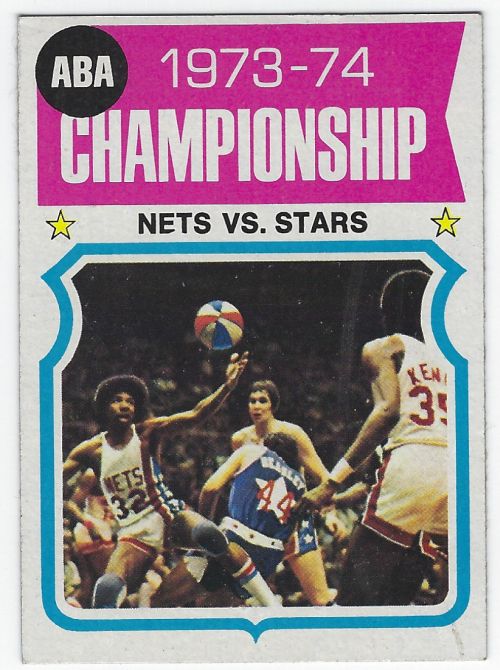

When they expected him to shoot, he passed. When defenders expected him to pass, he shot. He dazzled fans and dumbfounded opponents with no-look passes off the fastbreak, pinpoint alley-oops from halfcourt, spinning feeds and overhand bullets under the basket through triple teams. If there was one aspect of Johnson’s game that awed people the most, it was his brilliant passing skills. Relive Magic Johnson's best highlights, assists and more. He won the Most Valuable Player Award and the Finals MVP Award three times each. He was a member of five championship teams. Johnson accomplished virtually everything a player could dream of during his 13-year NBA career, all of which was spent with the Los Angeles Lakers. From the moment he stepped onto the court, people pondered: How could a man so big do so many things with the ball and with his body? It was Magic. Whether it was a behind-the-back pass to a streaking James Worthy, a half-court swish at the buzzer or a smile that illuminated an arena, everyone who saw Johnson play took with them an indelible memory of what they had witnessed.

His sublime talent elicited wonder and admiration from even the most casual basketball fan. Still, Earvin Johnson was even more than a revolutionary player, who, at 6-foot-9, was the tallest point guard in NBA history when he entered the league. He was what Bob Cousy was to the 1950s, what Oscar Robertson was to the 1960s, what Julius Erving was to the 1970s. Just how great a basketball player was Johnson? So great, perhaps, that future generations of hoop fans may wish they had entered the world years earlier - just so they could have seen Magic play in person instead of watching him only on highlight reels.
#JULIUS ERVING CHAMPIONSHIPS ARCHIVE#
> Archive 75: Magic Johnson | 75 Stories: Magic Johnsonįew athletes are truly unique, changing the way their sport is played with their singular skills. J a household name worldwide.Magic Johnson’s dynamic talents as a point guard led him to NBA titles, MVPs and more. His unique athleticism coupled with his star power made Dr. In 1983, he led the 76ers to the NBA championship. In 1976, Erving moved to the NBA and became a Philadelphia 76er. A two-time ABA MVP, Erving led the New York Nets to two ABA championships. His style and grace both on and off the court led many to call him an American treasure. Playing above the rim, Erving popularized being airborne. J was zooming, but few could stop his offensive assault. Flamboyant and artistic - opponents knew where Dr. During his sixteen scintillating seasons in both the ABA and NBA, Erving redefined the forward position. J's" game of in-your-face hoops appealed to everyone and he made the game cool to play and to watch. After two seasons, Erving made the jump to the American Basketball Association and was the league’s most recognizable player when it merged with the National Basketball Association in 1976. He attended the University of Massachusetts and averaged 26.3 points and 20.2 rebounds per game, making him one of only six NCAA men’s basketball players to average more than 20 points and 20 rebounds per game. Julius Erving could jump, run, shoot, score, dunk, play defense, rebound, and fill arena seats everywhere he played.


 0 kommentar(er)
0 kommentar(er)
